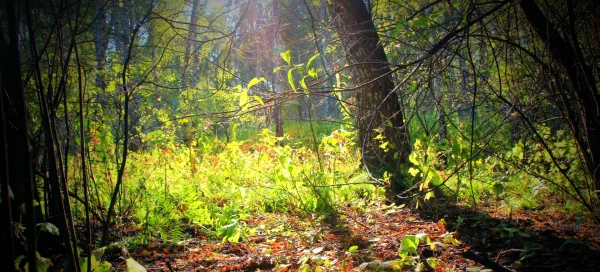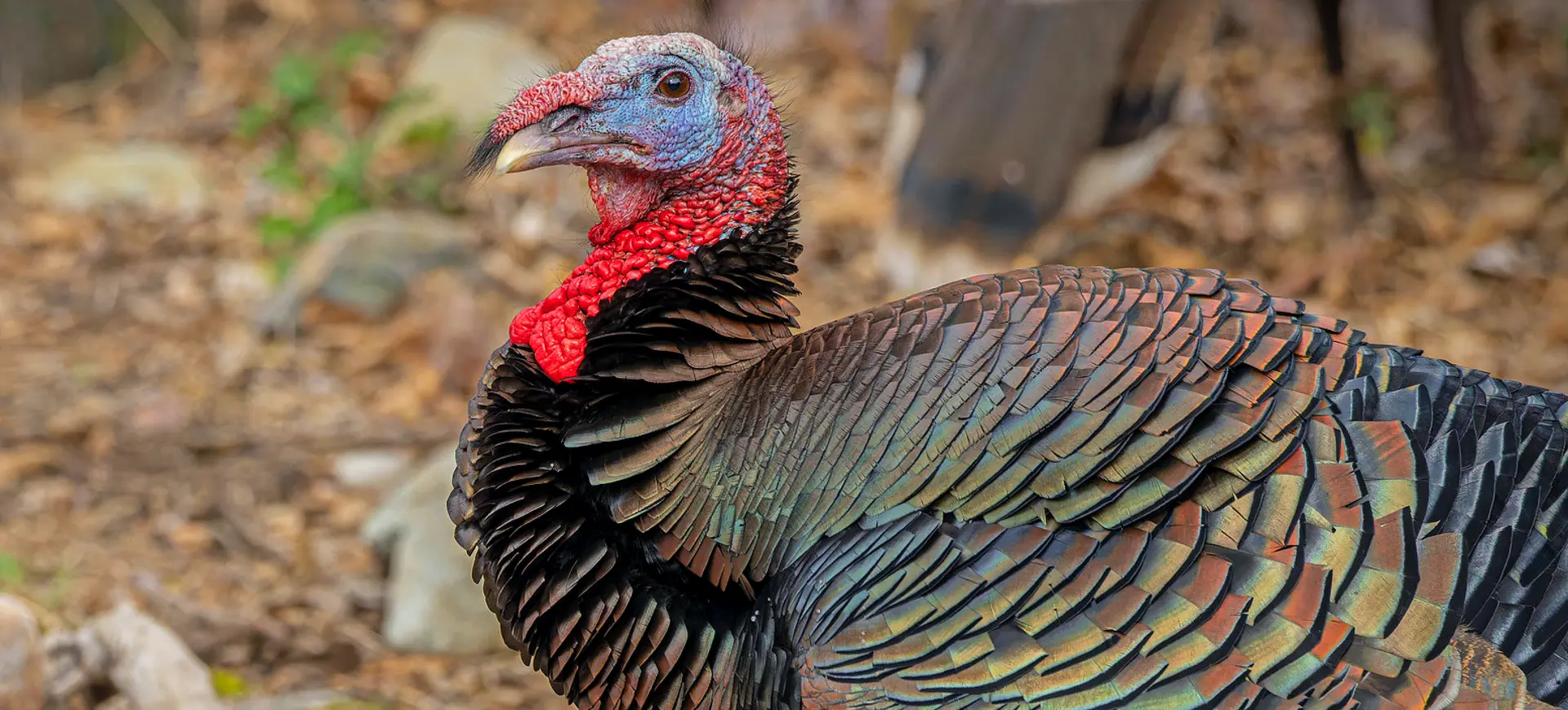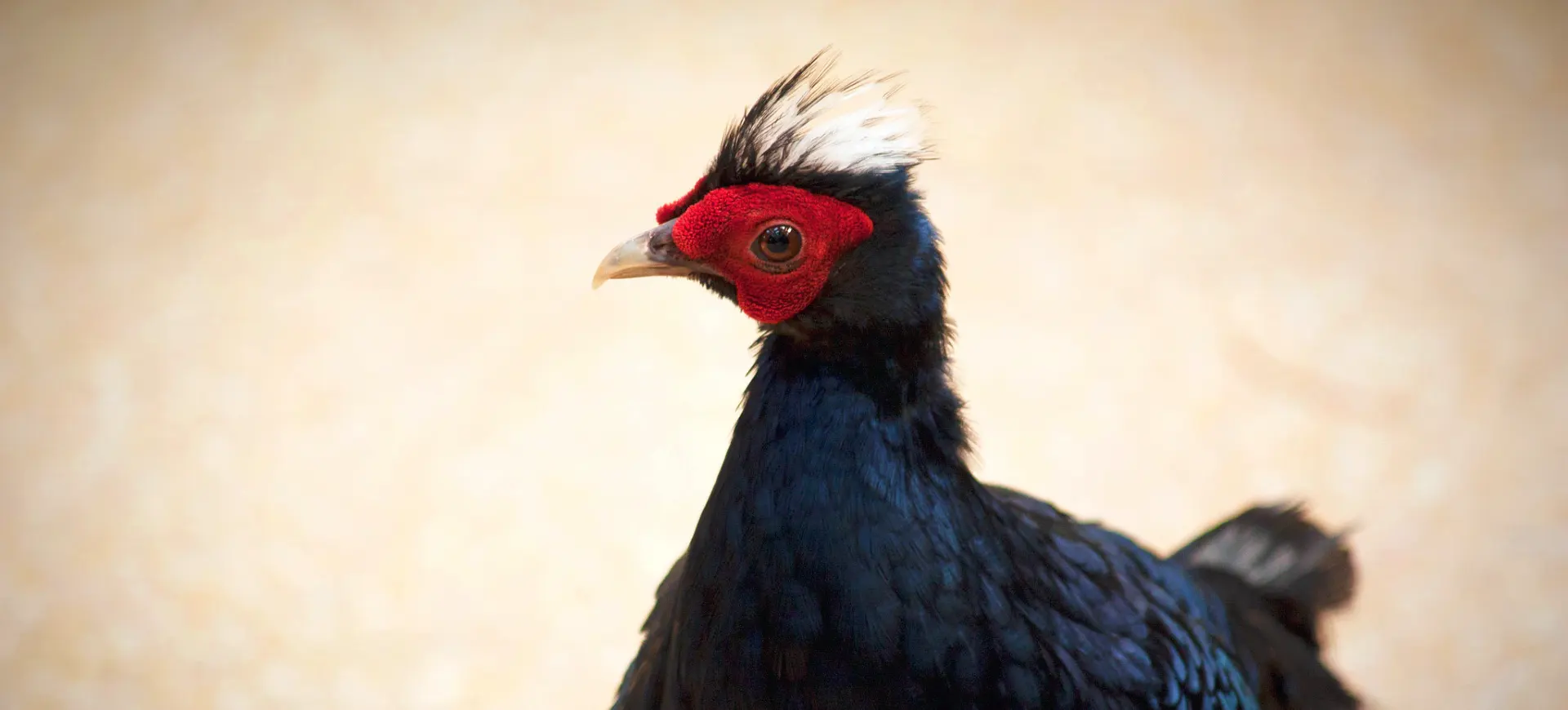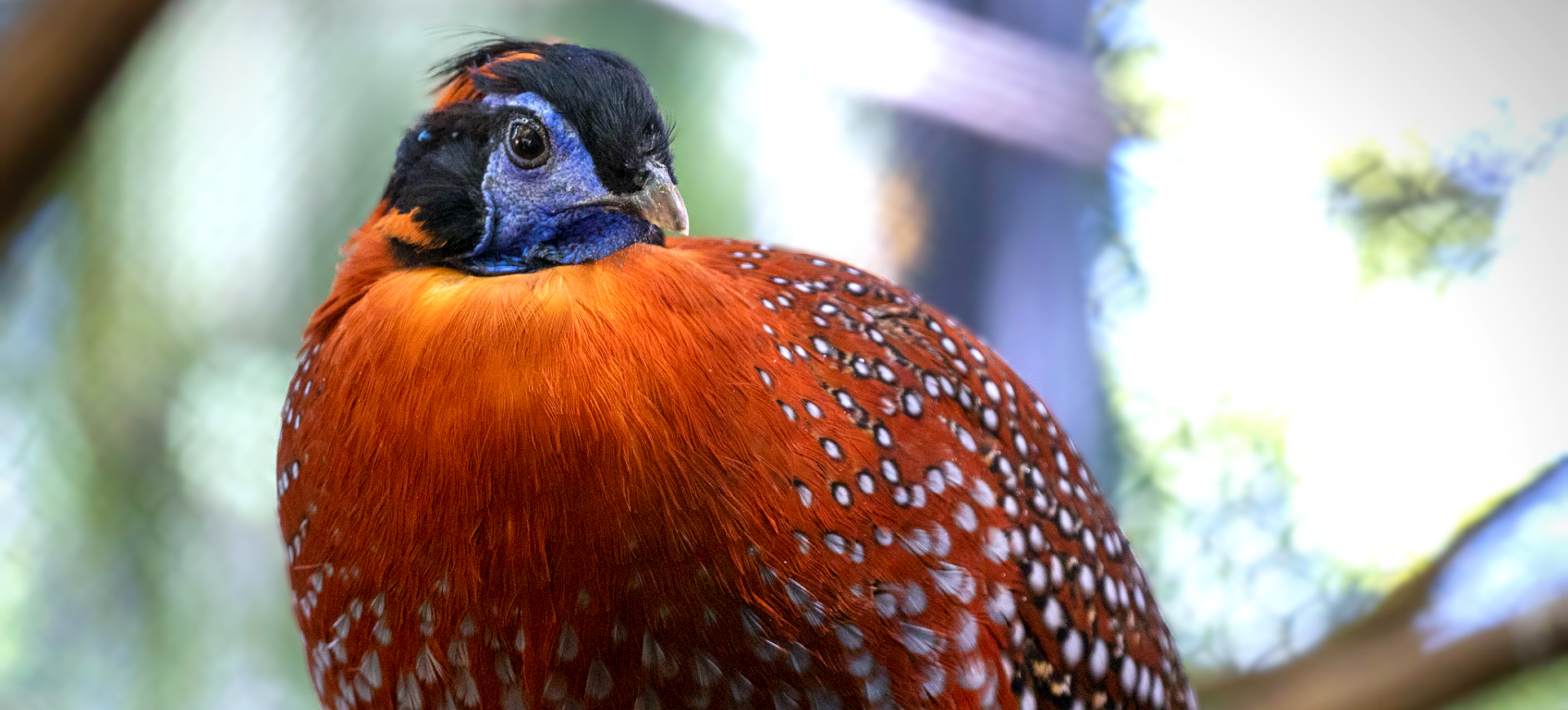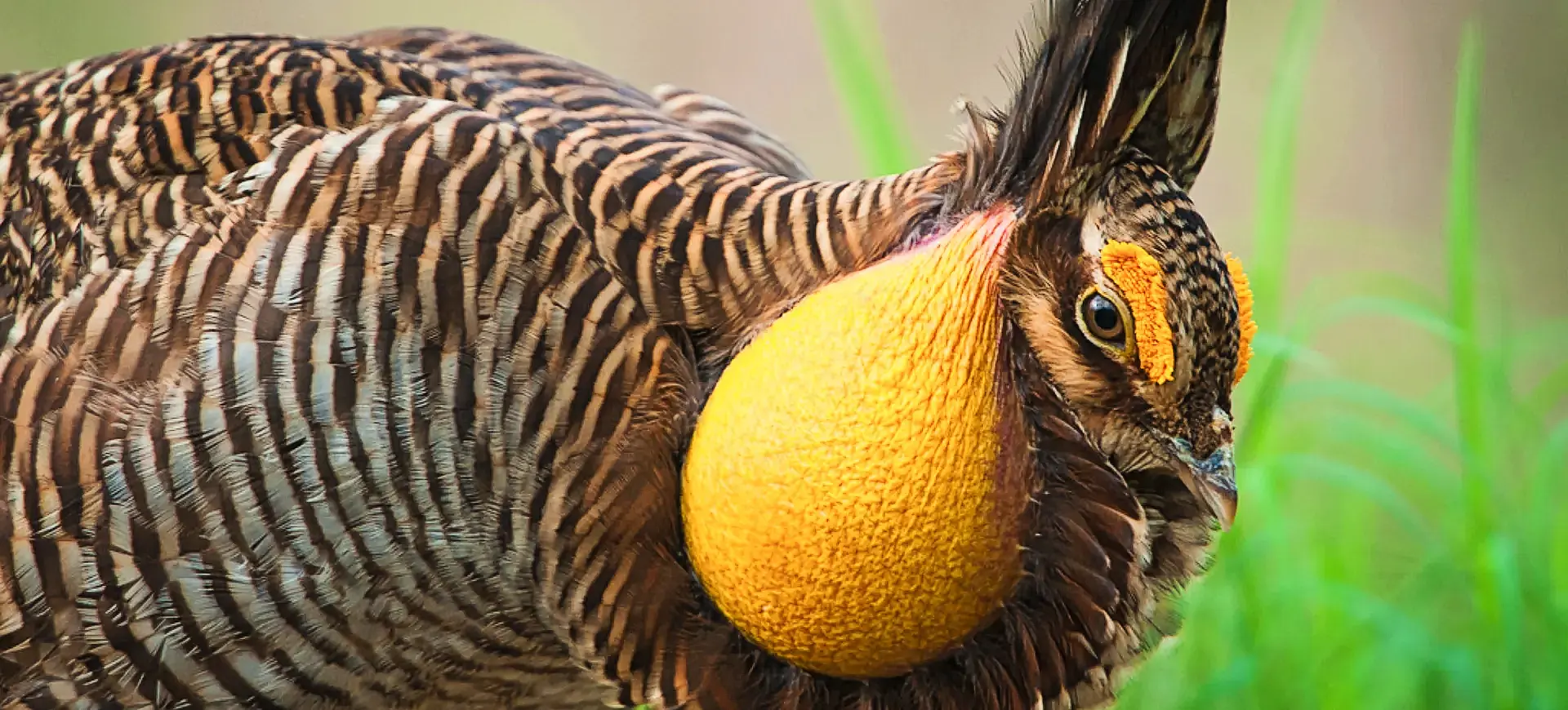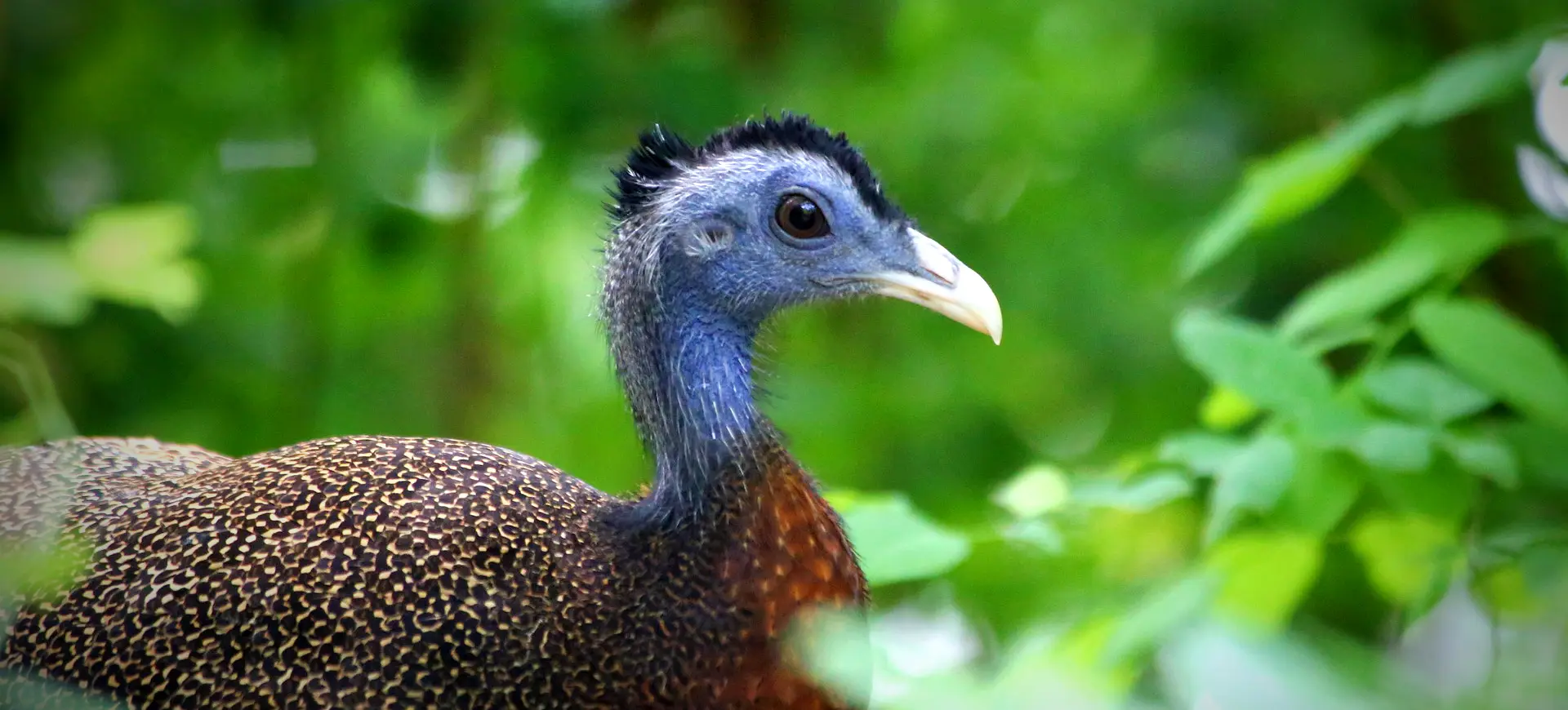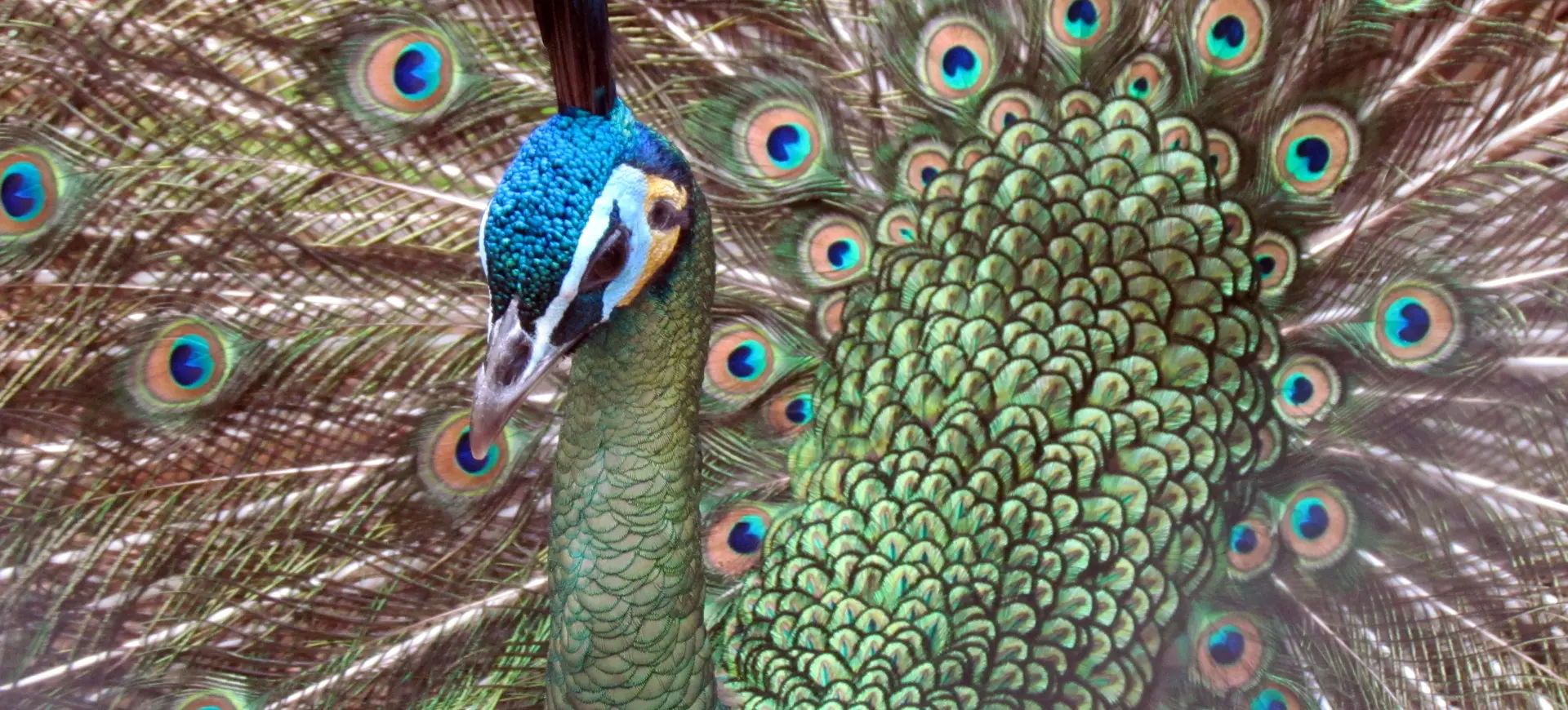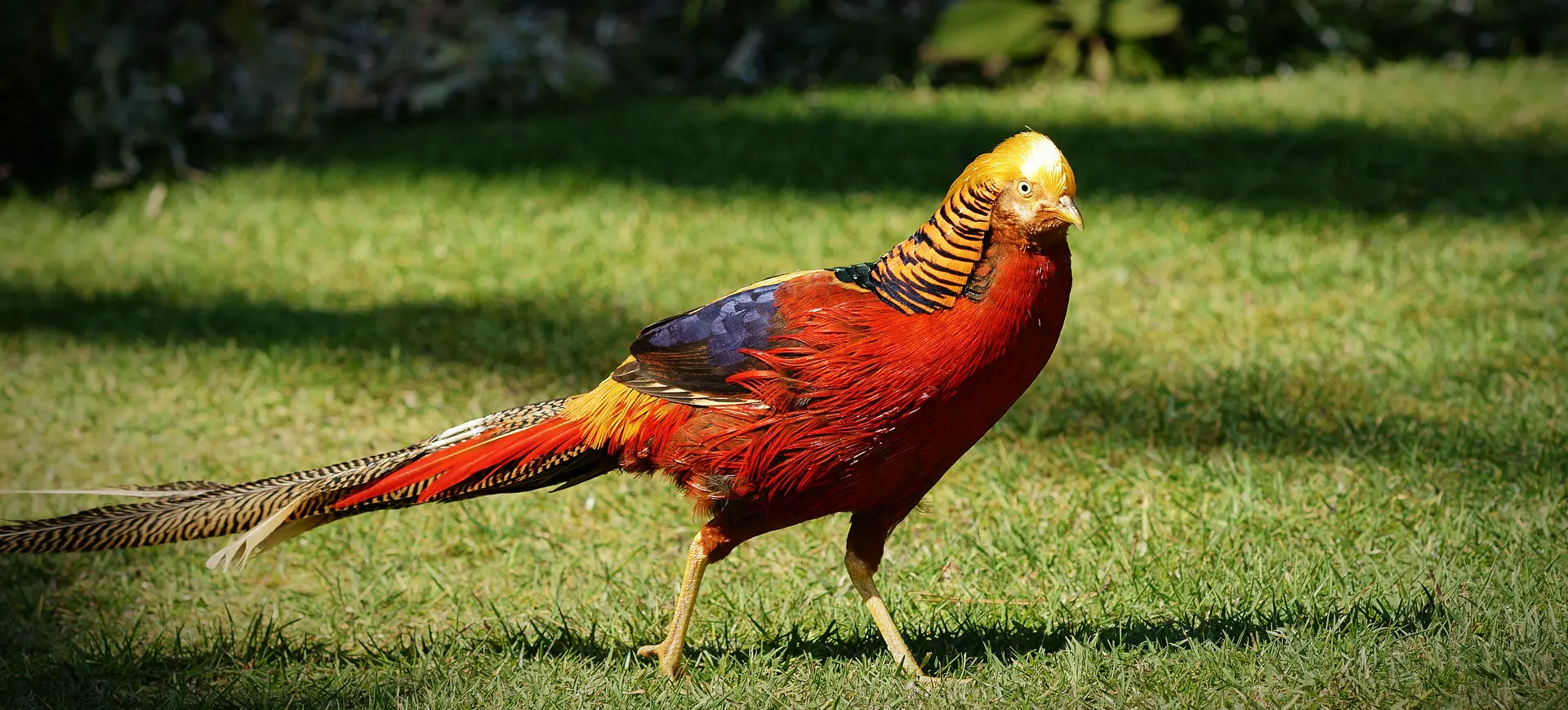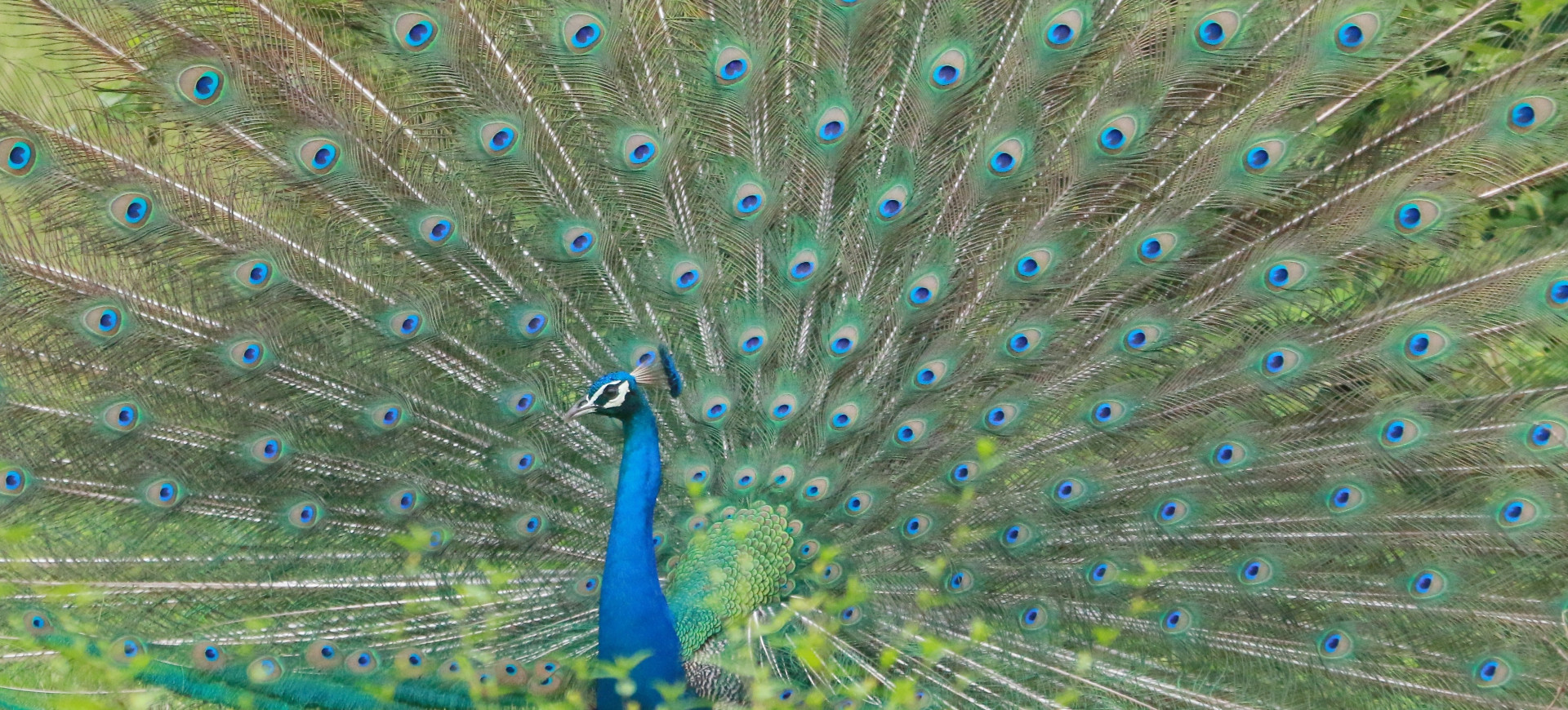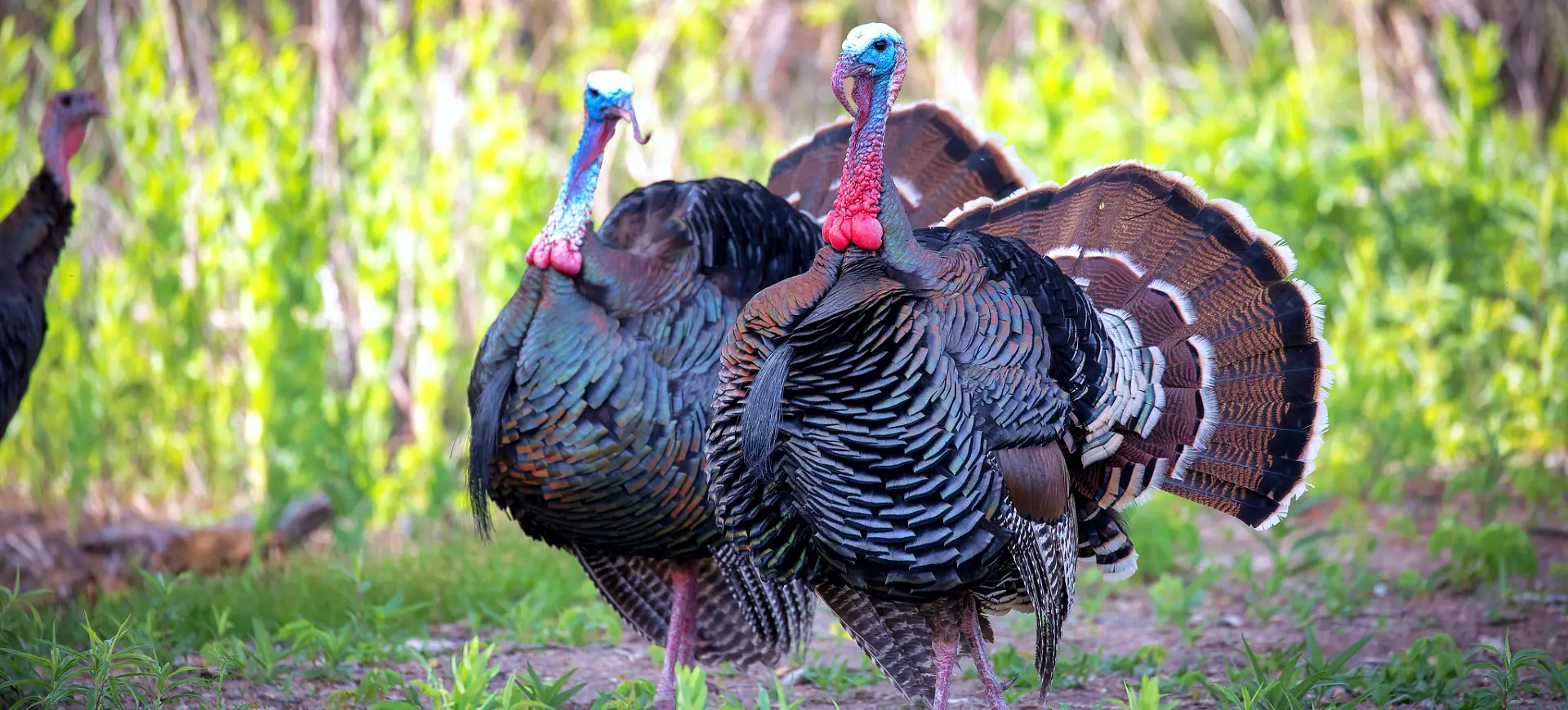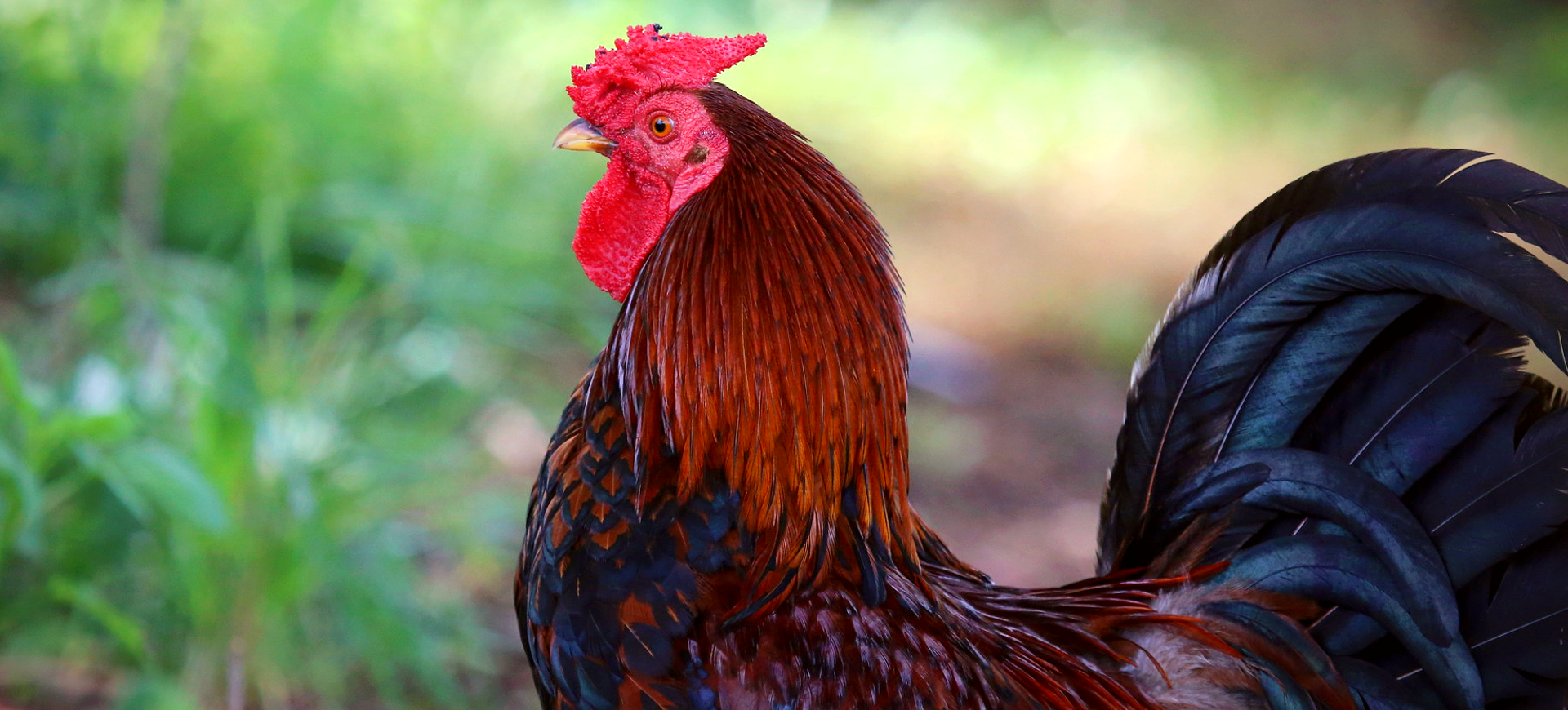Overview
The Palawan Peacock-Pheasant, known scientifically as Polyplectron napoleonis, is a critically endangered bird species endemic to the Palawan province in the Philippines. Characterized by its striking plumage, the male of the species displays an array of iridescent feathers with eye-catching ocelli patterns on its tail, which play a crucial role in courtship displays. Though less colorful, females exhibit a subtle beauty with their predominantly brown feathers, allowing them to seamlessly blend into the forest floor. These birds prefer dense forest habitats, ranging from lowland rainforests to mountainous regions, where they forage on the ground for insects, seeds, and fruits.
The Palawan Peacock-Pheasant is a solitary creature, rarely seen due to its elusive nature and preference for dense underbrush. Its diet consists mainly of invertebrates, seeds, and small fruits, which it forages for on the forest floor. The bird plays a significant role in its ecosystem by aiding seed dispersal and controlling insect populations. Conservation efforts are critical for this species, as habitat loss and hunting pressures threaten its survival.
Despite its endangered status, the Palawan Peacock-Pheasant continues to captivate bird enthusiasts and conservationists with its extraordinary beauty and intriguing behavior. Efforts to protect its habitat and implement breeding programs are underway, aiming to ensure the survival of this unique species for future generations. Its presence in the wild serves as a barometer for the health of the forest ecosystems of Palawan, making its conservation a priority for both local and international organizations.
Taxonomy
Kingdom
Phylum
Class
Order
Family
Genus
Species
Type
Physical Description:
The Palawan Peacock-pheasant is a medium-sized bird, with males notably larger and more vibrantly colored than females. The male boasts a spectacular plumage, with iridescent blue and green feathers and a series of eye-catching ocelli resembling a peacock, primarily located on its tail and wings. These ornamental feathers are used in courtship displays and to signify territory within the dense forest underbrush. The female, while less ornate, possesses a subtle beauty with her more muted brown and cream plumage, providing her with excellent camouflage against the forest floor.
Both sexes have a crest of short feathers on their head, adding to their distinctive appearance. Their strong legs and claws are well-adapted for scratching the forest floor for food, demonstrating their proficiency as ground foragers. The species’ adaptation to its environment is evident in its physical characteristics, designed for life within Palawan’s dense, humid forests. The Palawan Peacock-pheasant’s stunning appearance, particularly the male’s elaborate plumage, serves a functional role in breeding and makes it a symbol of the natural beauty found in the Philippine archipelago.

Lifespan: Wild: ~15 years || Captivity: ~20 years

Weight: Male: 0.5-0.6 lbs (225-275 grams) || Female: 0.4-0.5 lbs (180-225 grams)

Length: Male: 19-25 inches (48-63.5 cm) || Female: 15-18 inches (38-45.7 cm)

Top Speed: Unknown
Characteristic:
Native Habitat:
The Palawan Peacock-pheasant is endemic to the Palawan archipelago in the Philippines. It inhabits various forest environments, from primary to selectively logged secondary forests. These habitats provide the dense undergrowth and canopy cover essential for the bird’s survival, offering ample foraging opportunities and nesting sites. The species’ preference for undisturbed and dense forest areas highlights the importance of conserving these habitats to ensure continued survival.
The lush forests of Palawan, characterized by their high biodiversity and unique ecosystems, are threatened by logging, mining, and agricultural expansion. Conservation of these habitats is critical for the Palawan Peacock-pheasant and the myriad of other species that depend on these environments. Establishing protected areas and implementing sustainable land management practices are crucial for preserving the Palawan archipelago’s natural beauty and ecological integrity.
Climate Zones:
Biomes:
WWF Biomes:
Biogeographical Realms:
Continents:
Countries:
Diet:
Diet & Feeding Habits:
The Palawan Peacock-pheasant is omnivorous, with a diet encompassing various insects, seeds, and small invertebrates found within its forest habitat. This diverse diet allows the species to take advantage of the rich resources on the forest floor. They are skilled foragers, using their feet to scratch and uncover food items hidden in the leaf litter. Seasonal changes may influence their diet, with a possible increase in insect consumption during warmer months when these prey items are more abundant.
The species’ foraging behavior sustains its nutritional needs and plays a crucial role in the ecosystem, aiding in seed dispersal and controlling insect populations. They typically forage alone or in pairs, quietly moving through the underbrush while staying alert to potential threats. Preserving their natural habitat ensures access to the diverse diet necessary for their health and survival. Efforts to protect the Palawan Peacock-pheasant’s feeding grounds from deforestation and land conversion are essential to conservation strategies for this species.
Mating Behavior:
Mating Description:
The mating system of the Palawan Peacock-Pheasant is characterized by the male’s elaborate displays, which include fanning their ornate tail feathers and performing intricate dances to attract females. These displays demonstrate physical vitality and play a crucial role in the selection process by females, who choose mates based on the quality and intensity of their display. The courtship period is critical for males to secure mates, and they invest significant energy in these displays. Once a pair forms, they exhibit a strong bond, with both partners participating in nesting and raising the offspring.
Reproduction in the Palawan Peacock-Pheasant follows a seasonal pattern, with breeding activities timed to coincide with periods of food abundance. This ensures that chicks have access to ample nutrition, which is crucial for their growth and survival. The female lays a small clutch of eggs, which she incubates while the male provides protection and may assist in feeding the chicks once they hatch. The parental investment in each brood is high, with both parents contributing to the care and protection of their offspring until they are independent.
Reproduction Season:
Birth Type:
Pregnancy Duration:
Female Name:
Male Name:
Baby Name:
Social Structure Description:
The Palawan Peacock-Pheasant is known for its solitary or paired lifestyle, particularly evident outside the breeding season. These birds are territorial, with males often engaging in displays to assert dominance and attract mates. Such behaviors underscore the importance of dense forest environments that provide the necessary resources for their survival and the space for their social interactions. The complexity of their social structure is further observed in their mating rituals, which involve elaborate displays by males to court females.
Within their social interactions, habitat quality and availability become even more critical. Loss of habitat affects the physical survival of these birds and their ability to perform natural behaviors essential for reproduction and territory establishment. Efforts to conserve and restore their natural environments are thus crucial for supporting the intricate social fabric of Palawan Peacock-Pheasant populations. The conservation of these habitats ensures that this species’ social dynamics and natural behaviors can continue to thrive, supporting a healthy and resilient population.
Groups:
Conservation Status:
Population Trend:
The Palawan Peacock-Pheasant faces significant challenges in the wild, with population numbers believed to decline primarily due to habitat loss and fragmentation. These birds are endemic to Palawan Island in the Philippines, where their habitat is increasingly threatened by deforestation for agricultural expansion, logging, and development. The exact number of individuals remaining in the wild is difficult to ascertain due to their elusive nature and the dense forests they inhabit. Conservation efforts are crucial to prevent further decline and ensure the long-term survival of this species.
In response to these challenges, conservationists focus on habitat protection and restoration as key strategies for preserving the Palawan Peacock-Pheasant. Protected areas and wildlife reserves play a vital role in safeguarding the remaining habitats of this species. Captive breeding programs are also being implemented to support population numbers and maintain genetic diversity. Public awareness and education about the plight of the Palawan Peacock-Pheasant are essential to garnering support for these conservation measures.
Population Threats:
Habitat destruction poses the greatest threat to the Palawan Peacock-Pheasant, with deforestation for timber, agriculture, and urban development leading to significant loss of their natural environment. This fragmentation of their habitat reduces the available space for these birds to live and breed and isolates populations, making them more vulnerable to genetic bottlenecks and local extinctions. Illegal hunting and trapping for the pet trade further exacerbate the pressures on their populations, with the birds’ striking appearance making them a target for collectors.
Climate change represents an emerging threat, potentially altering the ecosystem dynamics of the Palawan forests and affecting the availability of food and nesting sites for the Palawan Peacock-Pheasant. Invasive species and diseases could also impact the health and survival of these birds, compounding the challenges conservation efforts face. Conservation strategies must address these threats comprehensively, implementing measures to protect habitats, enforce wildlife protection laws, and monitor the health of populations.
Conservation Efforts:
Conservation initiatives for the Palawan Peacock-Pheasant include establishing and enforcing protected areas where the birds can live and breed without the threat of habitat destruction. These areas serve as sanctuaries for the Peacock-Pheasant and other endemic species of Palawan and promote biodiversity conservation. Reforestation projects are also critical, aiming to restore degraded habitats and connect fragmented forests to encourage genetic flow between isolated populations.
Education and community engagement are key components of conservation efforts, raising awareness about the importance of the Palawan Peacock-Pheasant and the threats it faces. Local communities are involved in conservation activities, promoting sustainable practices that benefit both the environment and the people’s livelihoods. International collaborations between conservation organizations, governments, and research institutions facilitate the sharing of resources, knowledge, and best practices in species conservation. These concerted efforts are essential for the long-term preservation of the Palawan Peacock-Pheasant and its habitat.
Additional Resources:
Fun Facts
- The Palawan Peacock-pheasant is considered one of the most beautiful pheasant species due to its striking plumage and elegant displays.
- This species is endemic to the Palawan archipelago, making it a unique symbol of the region’s natural heritage.
- The iridescent ocelli on the male’s plumage are used in elaborate courtship dances designed to attract females.
- Despite their colorful appearance, these birds are remarkably adept at camouflaging themselves in their forest environment.
- The Palawan Peacock-pheasant plays an important role in local folklore and is often associated with beauty and mystery.
- Conservation efforts for this species also benefit many other flora and fauna that share its habitat.
- The bird’s vocalizations include a variety of calls used for communication and territorial defense.
- Protecting the Palawan Peacock-pheasant contributes to conserving the Palawan archipelago’s rich biodiversity and unique ecosystems.
- The species’ dependence on dense forest habitats highlights the importance of conserving tropical forests in the Philippines and worldwide.
- Efforts to conserve the Palawan Peacock-pheasant serve as a model for biodiversity conservation in other regions facing similar environmental challenges.


